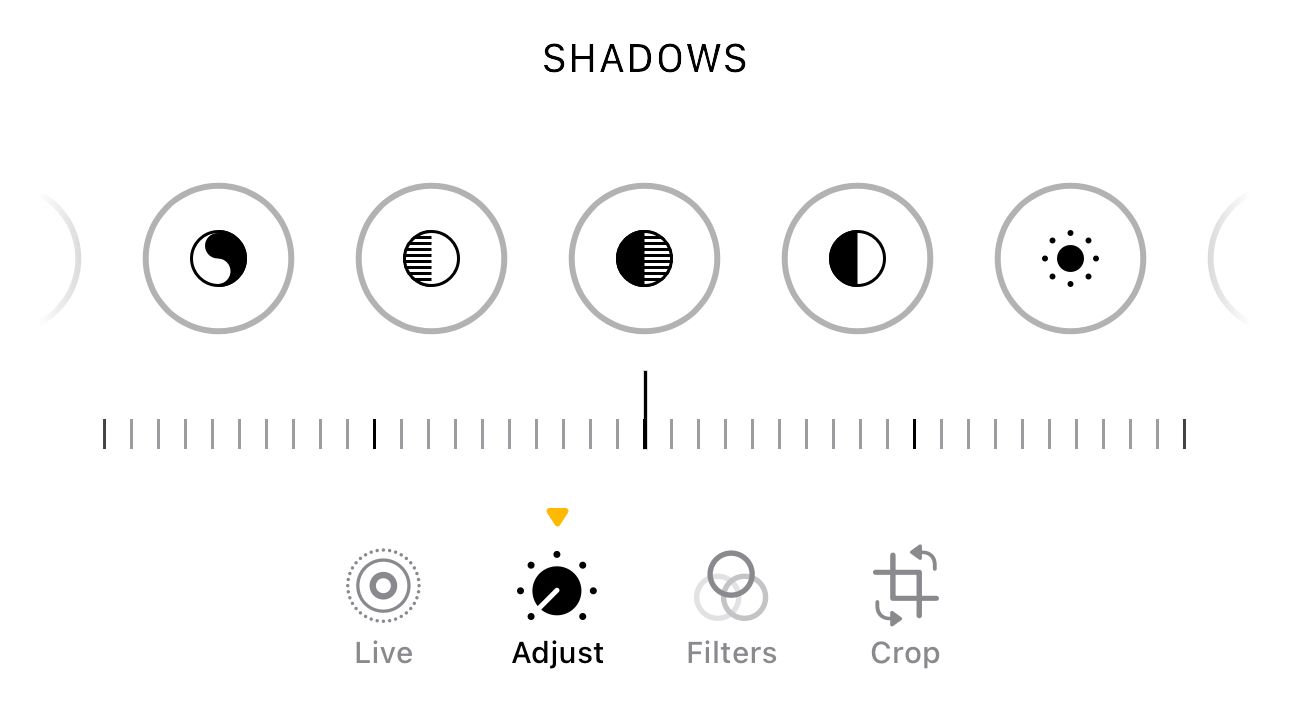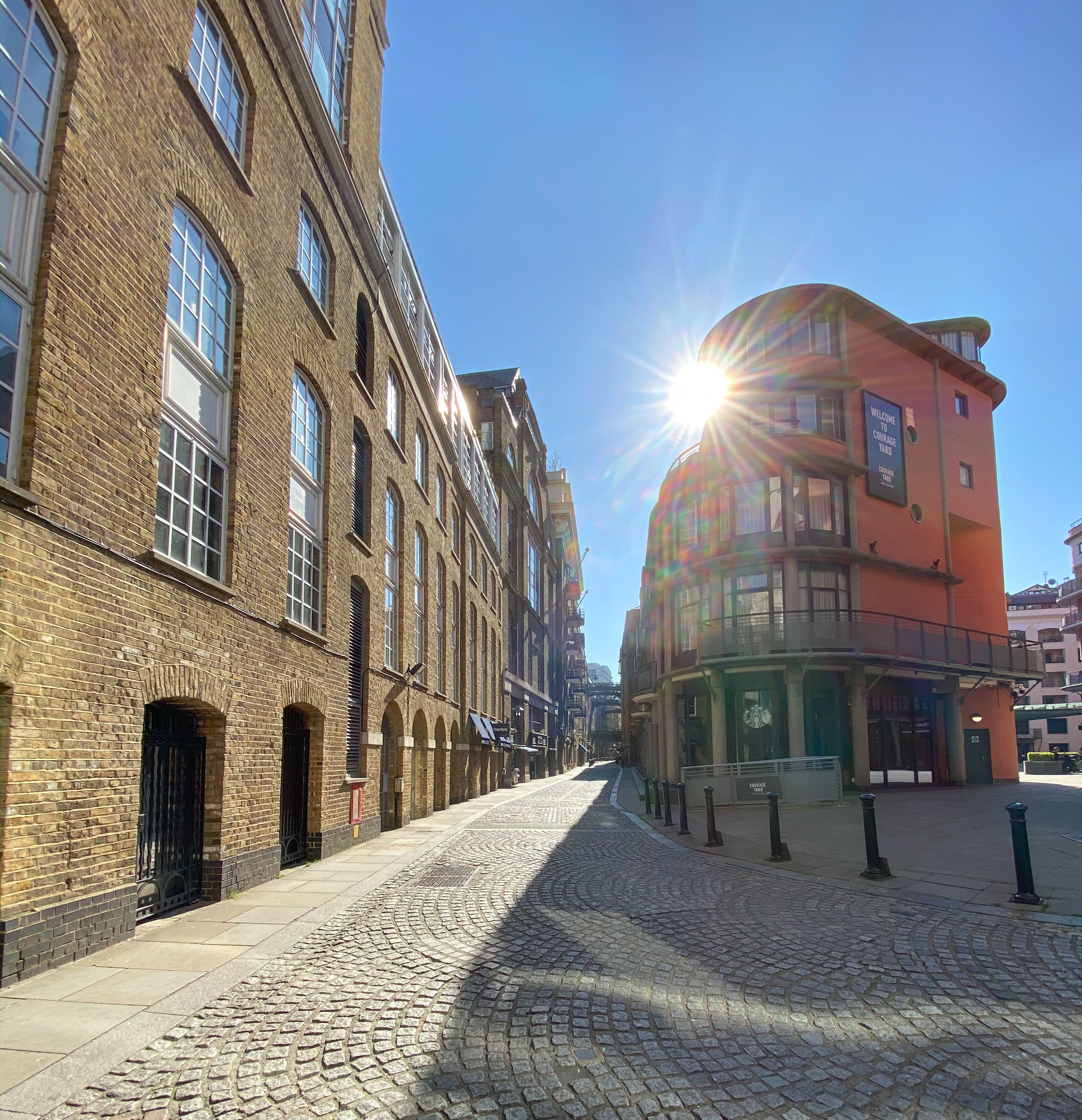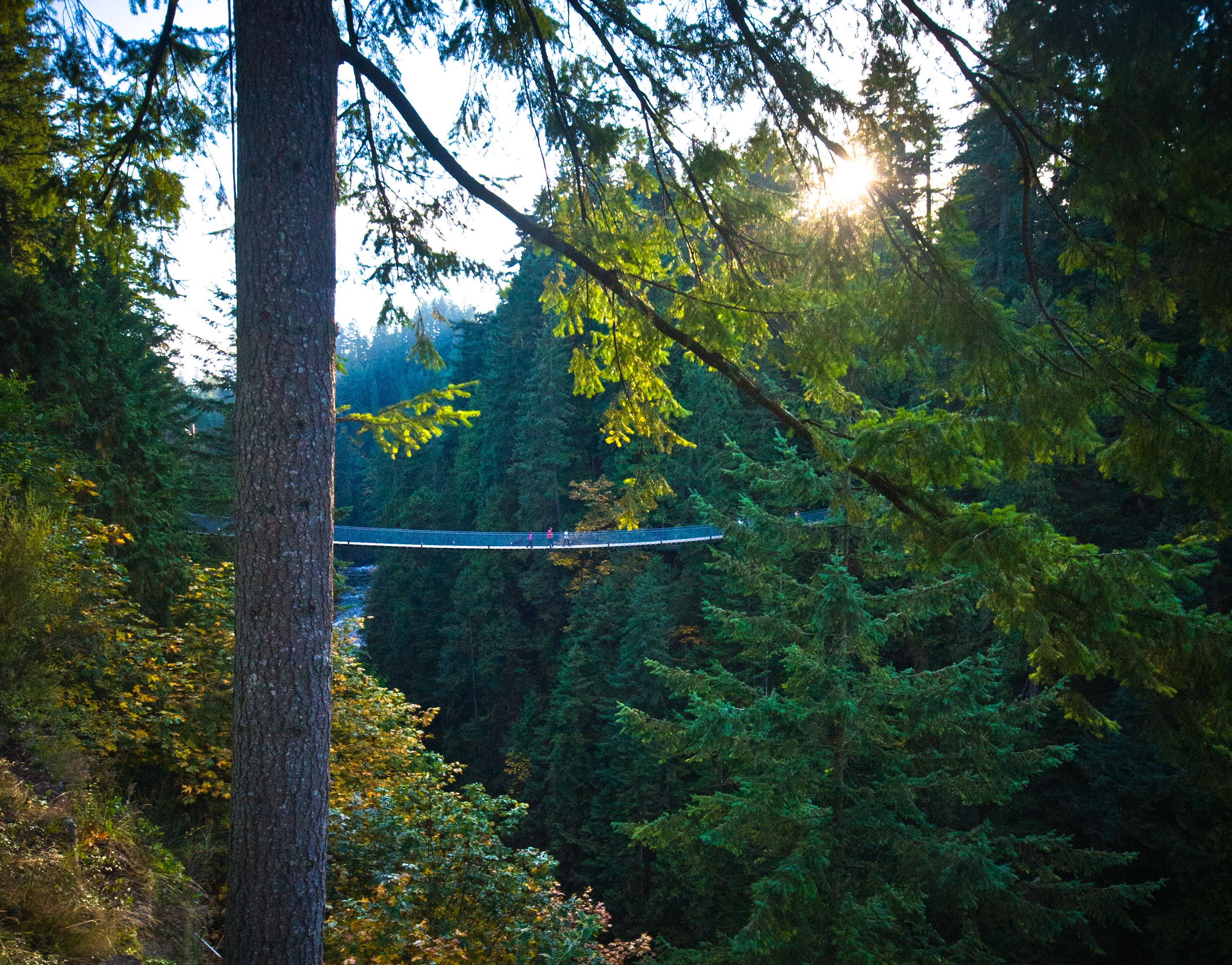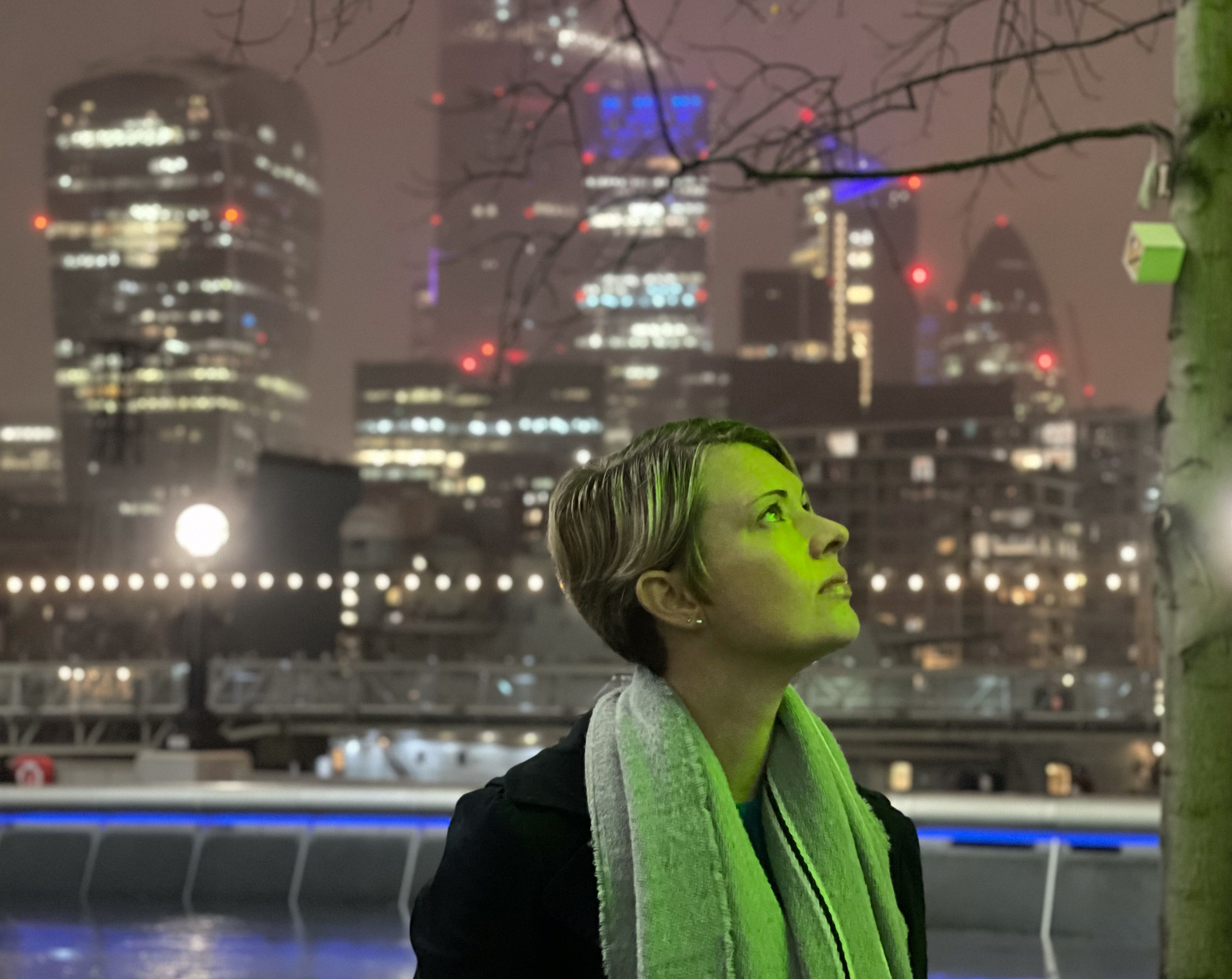Photography is literally the process of capturing light, and thinking about how to use available light best can make the difference between boring photos and really striking ones. In this guide, I’m going to explain why an old photography rule is now outdated and how you can best use both sunlight and artificial lighting to take interesting and beautiful photos.
The Original Advice Is the Worst Advice
You may have been given the advice to have the sun behind you when taking a photo, and that is indeed the safe way to take a shot. It ensures that everything is evenly lit and that you don’t have to cope with the sometimes unwanted effect of light shining directly into the lens.
But while it’s safe advice, it makes for very flat photos. Other approaches can create far more appealing shots precisely because shooting from other angles allows you to take advantage of contrasting light to add interest.
When Light Behind the Camera Can Work
Before we get into those, let’s start by talking about when having the sun behind you can work really well: sunrise and sunset.
In this shot, taken at sunrise, the sun is behind me, but we can see the colors reflected in the glass windows of the buildings. In one building, we see a direct reflection of the sun itself. In the next tall building to the right, we see a beautiful vertical shaft of reflected sunlight. In the rest, we see the colors reflected in the glass, giving everything a warm and pleasing glow. This is every bit as beautiful as the sunrise itself, and even more so if you share my love of modern architecture.
You don’t always need to capture a reflection of the sun—sometimes, the warmth of the light is enough. In this shot, we see the beautiful sunset colors reflected in both the capsule of the SkyView wheel and the buildings behind it. It’s a shot that says sunset without ever showing the sun, and this type of indirect capture can be especially satisfying.
Lighting the Subject From the Side
Lighting from around a 45-degree angle from the side is one of the most classic forms of portrait lighting. It’s known as Rembrandt lighting after the painter who made extensive use of it, and it’s characterized by casting a shadow of the nose onto the cheek of the subject. It’s often used in studio photography, as in this example:
There aren’t many situations where we can use natural light for Rembrandt lighting, as it requires very narrow and directional light, but what we can do is apply the more general principle of shooting with the light to the side.
In this example, the woman is lt from a street lamp which is above and to her right. Although there isn’t a huge contrast between the lit and shadow side of her face, even a relatively subtle difference like this gives greater depth to her face than we’d get from flat light from directly behind the camera.
Lighting from the side can also be a great way to isolate a subject, to really make them stand out from the background. In this case, the sunlight is coming through an open door, while the room behind the cat is in shadow, making him really pop. His body is also in shadow, blocked by his head, so the entire focus of the photo is on his face. It elevates a snapshot of a pet into a far more interesting composition.
This shot takes advantage of side lighting to create an interesting pattern of light and shadow, and the subject stands out in part because she’s wearing a colorful dress in an otherwise relatively monotone scene but also because she’s brightly lit while being sandwiched by two shadow areas.
Five Ways to Shoot Into the Light
Shooting directly into the light always used to be considered a no-no in advice to beginner photographers. That’s partly due to the fact that camera optics were less able to cope with direct sunlight in years gone by but also because shooting into the light used to require a lot of work and skill. These days, camera metering systems, and most especially the computational photography algorithms used in smartphones, mean it’s a very practical approach for anyone.
Note that you may initially find the dark areas of your shot either look very dark, or lacking in detail. However, this is a very easy fix and can be done in just a few seconds in your smartphone’s own camera or photos app. What you want to do is boost the Shadows value. On the iPhone, for example, tap the edit button and then the Adjust icon. Then scroll through to the Shadows button and slide right or up to lighten the dark areas.
The Sun High in the Sky
This is the most extreme example. A clear sky and the sun pointing directly into the camera lens. At one point, this shot would have been essentially impossible, but the iPhone 11 Pro simply shrugged and coped just fine. The sun is, of course, completely blown out, appearing as pure white, and the rest of the shot is low-contrast, but we still have detail in both the steps and the buildings. All compositions are personal taste, of course, but for me, there’s an almost palpable sense of the heat from the sun in this shot.
Don’t ever look directly into the sun. When taking a photo with the sun in the shot, ensure that the camera/phone is always between you and the sun so that you’re only ever seeing it on the screen. Don’t use an optical viewfinder for these types of shots.
Positioning the Sun at the Edge of a Building
Positioning yourself so that the sun is just peeking out from behind a building can often create a really pleasing effect, lending some drama to what might otherwise be a less interesting shot. It typically creates a starburst lens flare effect, as can be seen in this shot of London’s Shad Thame.
This is another example of the same effect, this time of New York’s Flatiron building. In this case, the sky wasn’t very interesting, so it added some flair as well as a flare to the shot. Note the way the color from the lens flare spills down the building, with a second set of internal reflections lower down. Again, these things are a matter of taste, so you’ll need to decide for yourself how you feel about visible flares.
Sun Through Trees
Shooting the sun through tree branches can often create a really beautiful effect. Just experiment with moving the camera around behind the trees to find the most pleasing angle for these.
This shot was close to sunset, the tree branches creating a starburst effect, with the sun additionally reflected in the water beneath the trees.
This photo was taken with the sun higher in the sky, and the bridge stands out more as it is lit from behind. Again, changing the camera position or angle by just a few inches can enable you to find the best effect.
Reflected Sunlight
This is very similar to the starburst effects we’ve seen, but here, I’ve positioned myself to hide more of the sun, as I wanted the reflected sunlight on the brickwork to be the focus of the shot. Again, a very slight change in your position makes a big difference. When the sun is this low in the sky, a lot of ordinary surfaces become reflective, so you don’t need to specifically look out for things like water, metal, or glass.
Silhouettes
Finally, for this section, a very classic way to shoot into the light is to find interesting shapes to silhouette against the sun. Because we want to capture clean edges, it’s best to shoot this at sunrise or sunset. To take these shots, you will likely need to reduce the exposure. Usually, you will tap on a sunlit area of the photo, then drag it downward if needed to darken the shot further. You can find detailed instructions for iPhones here, and it’s similar on Android phones.
In the case of the shots above and below, these were shot in Washington DC at sunrise, and I took along a dancer to form pleasing shapes.
Lighting From Above
Lighting from directly above the subject isn’t usually pleasing, but there can be some fantastic exceptions. What you’re looking for are situations where most of the light from above is blocked, but there’s a shaft of light coming from a high angle. If you can position your subject in that beam of light, it can look really dramatic.
This first example was taken inside a small shopping mall with a skylight, creating a small lit area. I then positioned my subject in this light. She stands out because she’s in a pool of light, meaning the background behind her is very dark.
In this example, we’re in a courtyard, and most of the buildings are in shadow as the sun is high in the sky and a little behind the dancer. Both the fountain and her hair are beautifully lit from above and stand out well against the shadows behind.
Fun With Colored Lights
Finally, cities will often have interestingly colored lighting, and you can get some fun shots by taking advantage of this.
In this example, the woman is looking up at a neon green sculpture, which bathes her face and scarf in green lighting, giving a funky look.
Similarly, this was a blue-lit perspex wall in a bar. In this case, the light was much dimmer, so I asked her to bring her face very close to it, which also gave us a reflection of the material, further adding interest.
As you can see, there are many ways you can use available light to create striking photos. As with everything in photography, experimentation is key, so play around and have fun!






















